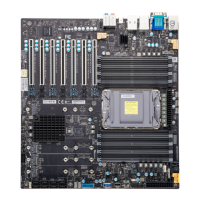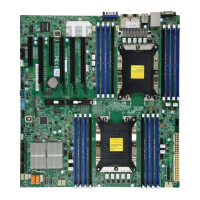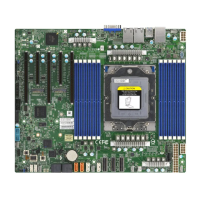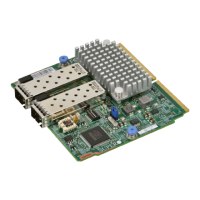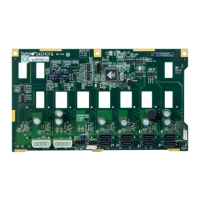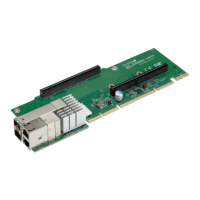2.3 Processor and Heatsink Installation
This section provides procedures to install the processor(s) and heatsink(s).
Notes:
l
Take industry standard precautions to avoid ESD damage. For details, see "Static-
Sensitive Devices" on page 33.
l
Before starting, make sure that the plastic socket cap is in place and none of the
socket pins are bent. If any damage is noted, contact your retailer.
l
Do not connect the system power cord before the processor and heatsink installation
is complete.
l
When handling the processor, avoid touching or placing direct pressure on the LGA
lands (gold contacts). Improper installation or socket misalignment can cause serious
damage to the processor or processor socket.
l
Install the processor in the socket and the motherboard into the chassis before
installing the heatsink.
l
When buying a processor separately, use only a Supermicro certified heatsink.
l
Refer to the Supermicro website for the most recent processor support.
l
When installing the heatsink, ensure a torque driver set to the correct force is used for
each screw.
l
Thermal grease is pre-applied on a new heatsink. No additional thermal grease is
needed.
Installing an LGA 1851 Processor
Important: You can only install the processor in one direction. Make sure it is properly
inserted into the socket before closing the load plate. If it doesn't close properly, do not force
it as it may damage your processor. Instead, open the load plate again and double-check
that the processor is properly aligned.
36
X14SAE/X14SAE-F: Component Installation

